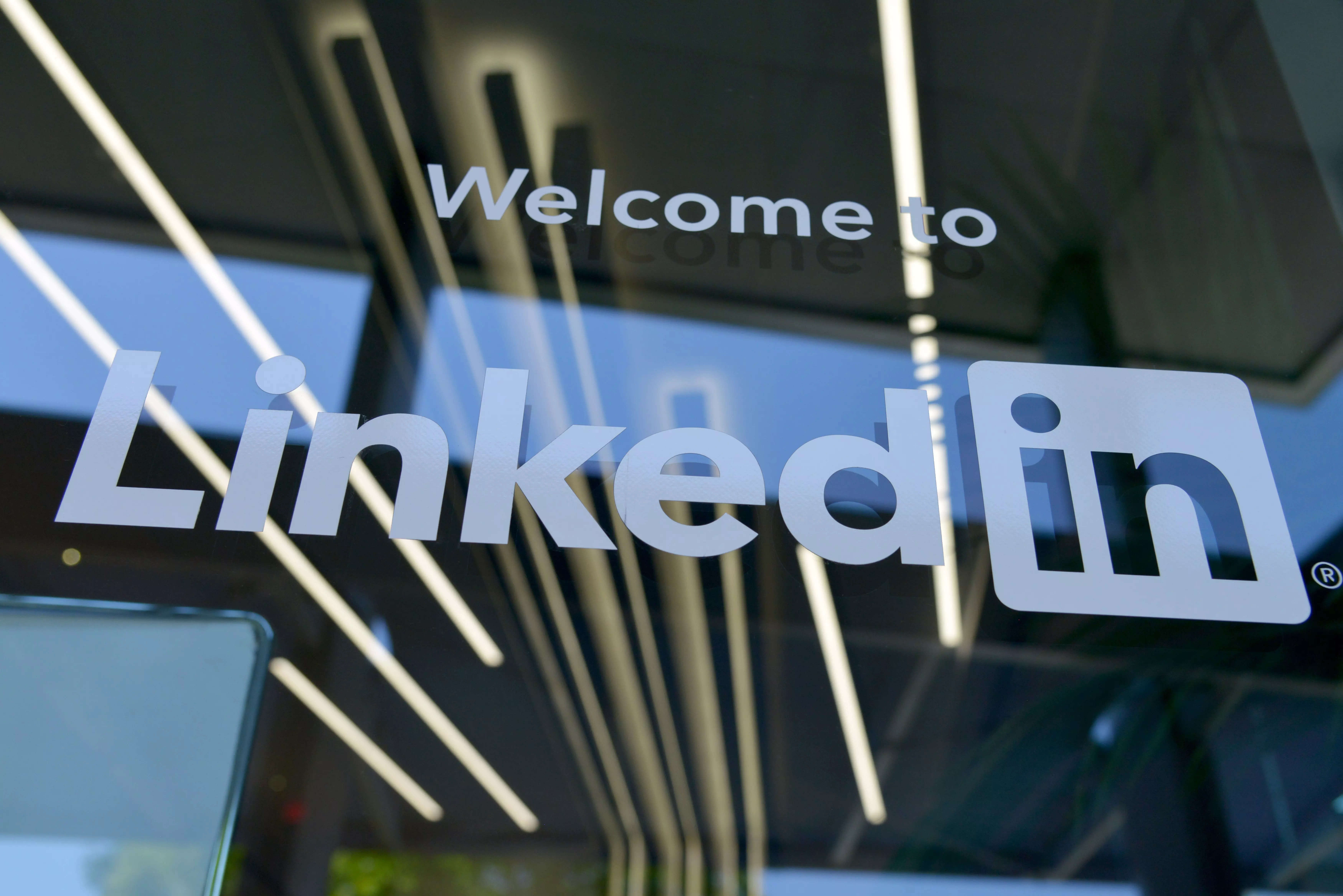According to Moser, it is still unclear when X and LinkedIn will begin supporting Passkey. “However, the fact that they are both working on it is a positive sign for the future of passwordless authentication,” he said.
How are passkeys different from passwords?
Passkeys are based on a cryptographic key pair. The public key is stored on the website or app that you are logging into, and the private key is stored on your device. When you sign in, your device generates a passkey that is encrypted with the public key. The website or app then decrypts the passkey with its private key to verify your identity.
Passkeys are more secure than passwords because they are not stored in plaintext on any server. This means that even if a website or app is hacked, your passkeys cannot be stolen. Additionally, passkeys are more resistant to phishing attacks because they cannot be guessed or brute-forced.
Passkeys are also easier to use than passwords. You do not need to remember a long, complex password. Instead, you can sign in with your device’s biometric authentication method, such as Face ID or Touch ID.
Google and Apple are both adopting passkeys. Google has already rolled out support for passkeys in Chrome and Android. Apple is supporting passkeys in iOS 16, iPadOS 16, and macOS Ventura.


